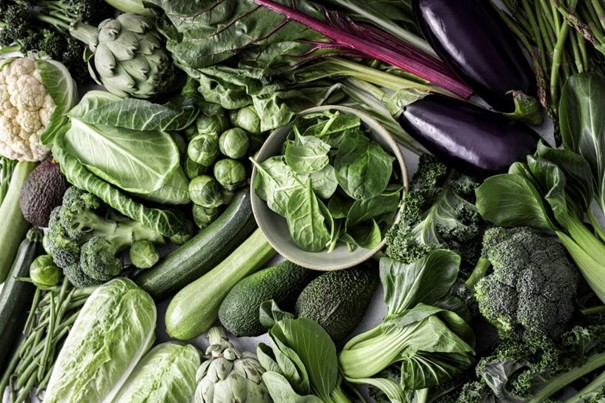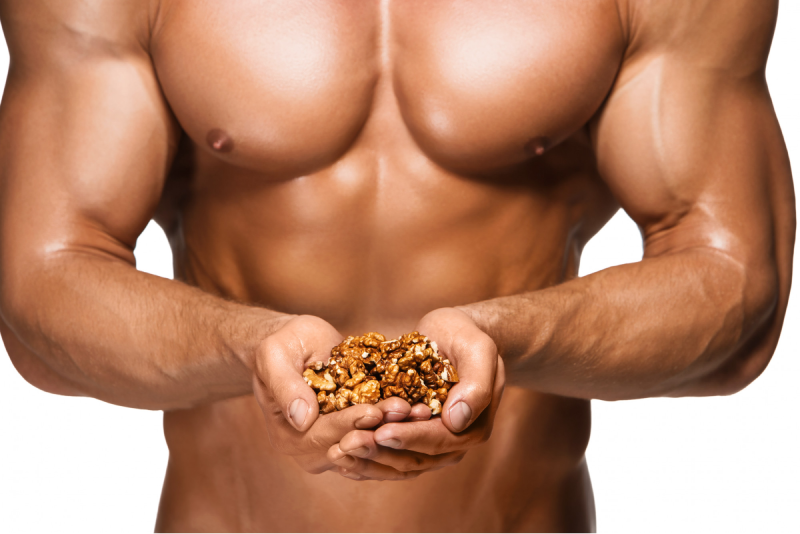Starting a keto diet is sometimes challenging as your liver has difficulties digesting all the fats. Hence, it’s useful to eat low carb vegetables which also have some detox properties to ease ketosis and adaptation. Let’s look for some examples!
Cruciferous vegetables: They include all types of cabbage, mainly broccoli and cauliflower but also Romanesco cabbage, Chinese cabbage, kohlrabi, red cabbage, green cabbage, and brussels sprouts. These vegetables are efficient in eliminating toxins that accumulate in the liver.
Radishes: The black radish is famous for its draining effect on the liver. The pink, red, blue or daikon radishes improve the efficiency of the liver system.
Asparagus and artichoke: They contain prebiotic fibers that allow a better functioning and a healthy balance of intestinal microbiota.
Spinach leaves and young spinach shoots are rich in potassium, an essential mineral for the metabolism of keto dieters.
Read the full article of Go-keto to discover what’s the best vegetable to consume on a keto diet. Go-keto is an online boutique which offers a variety of keto friendly foods and supplements that shall accompany you throughout your keto program.




